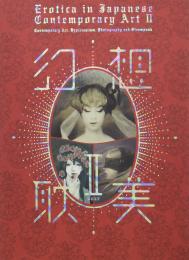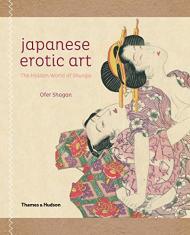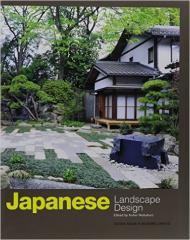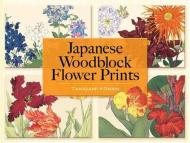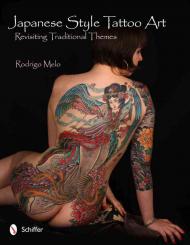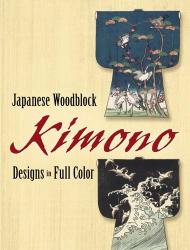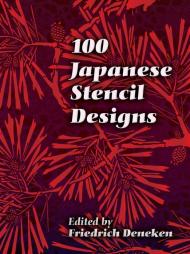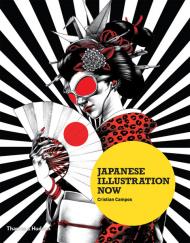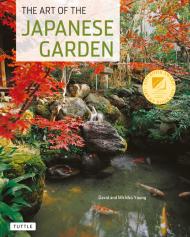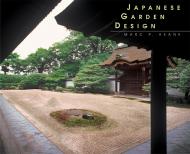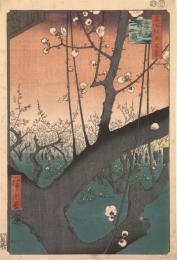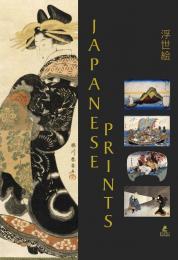A beautifully designed and visually spectacular book on Japanese erotic art, shunga
Japanese erotic art or shunga has a long history, with thousands of high-quality paintings, prints and illustrated books produced by both celebrated and anonymous artists, mostly from the late seventeenth to the nineteenth century. Frequently explicit, but also tender, sensuous and humorous, even educational, shunga – a euphemism meaning ‘picture of spring’ – celebrates all facets of human sexuality. Hugely popular in Japanese society, such depictions were regarded as entirely natural and are an expression of the refined, pleasure-seeking ‘floating world’ culture for which Edo-period Japan, when many of these works were created, is famed.
Shunga works were enjoyed by all sections of society, from samurai to ordinary newly married couples, especially after the advent of woodblock printing made them affordable and accessible – it was even possible to borrow shunga books from libraries. Almost every artist of the famed ukiyo-e school, including Hokusai, Utamaro and Kuniyoshi, created shunga displaying brilliant imagination, great technical achievement and originality.
In a dazzling diversity of images drawn from his own unrivalled collection, Ofer Shagan shows us the full spectrum of sexual practice and expression, including nudity and clothing, voyeurism, gods, monsters and animals, orgasm, adultery and jealousy, and much else. Organized thematically, this book highlights the symbols and motifs, often hidden in the background of the art, which are crucial for a proper understanding and appreciation of this genre.
For a long time shunga remained taboo and excluded from scholarship, but this ambitious book, with a foreword by Professor Andrew Gerstle of the School of Oriental and African Studies, University of London, returns these wonderful artworks to their rightful place in the history of Japanese art, culture and society.
With over 1,200 illustrations, all specially photographed and many rarely or never published previously, this beautifully produced book explores the intimate riches of shunga in a way no other publication has done before.
About the author:
Ofer Shagan has written several books on aspects of his collection, including Mudmee Ikat of Thailand and South-East Asian Art and History, as well as over a hundred articles in periodicals concerning history, culture and art, including extensive works about shunga.
